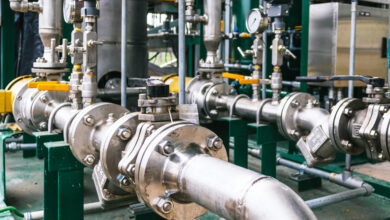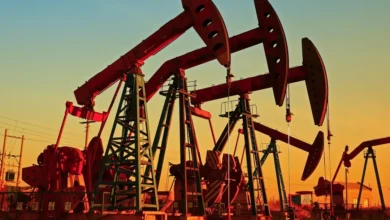Our Services
Trade in greases and lubricants

1. Introduction to the Grease and Lubricants Trade
Greases and lubricants are essential industrial commodities that reduce friction, prevent wear, and enhance machinery efficiency across sectors like automotive, manufacturing, aerospace, and marine. The global trade in these products is driven by industrialization, automotive demand, and machinery maintenance needs.
Key Product Categories Traded:
- Industrial Lubricants (Hydraulic oils, gear oils, compressor oils)
- Automotive Lubricants (Engine oils, transmission fluids, greases)
- Marine Lubricants (Cylinder oils, stern tube greases)
- Aviation Lubricants (Jet engine oils, greases)
- Food-Grade Lubricants (H1/H2 certified for food processing)
2. Global Market Overview (2024)
Market Size & Growth
- Global lubricants market: ~$180 billion (2024)
- Annual demand: ~40 million metric tons
- Growth rate: ~3-4% CAGR (Asia-Pacific driving expansion)
Leading Exporters & Importers
| Role | Countries | Key Players |
|---|---|---|
| Top Exporters | USA, Singapore, UAE, South Korea, Belgium | ExxonMobil, Shell, BP, Chevron, Sinopec |
| Top Importers | China, India, Germany, Brazil, Japan | Automotive OEMs, industrial manufacturers |
3. Trade Logistics & Supply Chain
Primary Trade Routes
- Middle East (UAE) → Asia/Africa (Base oil & finished lubricants)
- USA/Europe → Latin America (High-performance synthetics)
- Singapore → Southeast Asia (Marine lubricants hub)
Packaging & Transportation
- Bulk shipments: Tankers, ISO containers (20K-25K liters)
- Drums & intermediate bulk containers (IBCs): 200L drums common
- Small packages: Retail bottles (1L-5L) for automotive oils
4. Key Market Drivers
Demand Factors
- Automotive industry growth (EVs still require greases & gear oils)
- Industrial expansion (Mining, construction equipment needs)
- Marine sector (IMO 2020 sulfur rules increased lubricant complexity)
Supply Factors
- Base oil production: Group I (declining), Group II/III (growing)
- Synthetic lubricants: Rising due to extreme-condition performance
5. Pricing & Trade Mechanisms
Price Determinants
- Crude oil prices (Base oil feedstock cost)
- Additive costs (Antiwear, detergents modifiers)
- Regional tariffs & taxes (India: 15-20% import duty)
Trading Models
- Long-term contracts (OEM supply agreements)
- Spot trading (Small distributors, urgent orders)
- Barter deals (Oil majors swapping products regionally)
6. Challenges in the Lubricants Trade
| Challenge | Impact |
|---|---|
| EV disruption | Reduced engine oil demand but increased greases for EVs |
| Regulatory shifts | Bio-based lubricant mandates in EU/NA |
| Counterfeit products | 15% of African market is fake lubricants |
| Logistics costs | Drum shipping 2-3x more expensive than bulk |
7. Future Trends (2025-2030)
Technology & Product Shifts
- Bio-based lubricants: Plant/ester-based oils gaining share
- IoT-enabled lubes: Sensors for condition monitoring
- Re-refined oils (Circular economy push)
Geographic Opportunities
- Africa: Fastest-growing import market
- India: 2nd-largest lubricant consumer by 2030
- Southeast Asia: Marine lubricant hotspot
8. Conclusion
The greases and lubricants trade remains robust despite energy transitions, with evolving product demands and regional growth hotspots. Success requires:
- Adapting to bio-based/EV-compatible formulations
- Optimizing supply chains (bulk vs. packaged trade)
- Navigating counterfeit risks in emerging markets
Strategic Insight: Companies investing in high-performance synthetics and re-refining capabilities will lead the next phase of market development.



